Products Description
U.S. Driver Licenses for People with Disabilities
In the United States, obtaining a driver's license is a critical aspect of personal mobility and independence for many people, including people with disabilities. This comprehensive overview explores the process, challenges, and available resources for people with disabilities to apply for a driver's license, emphasizing the importance of accessible and adaptive technology.
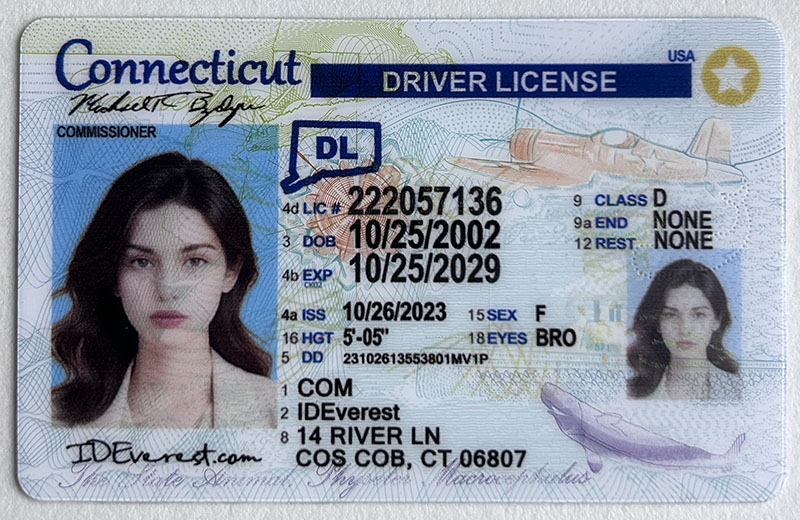
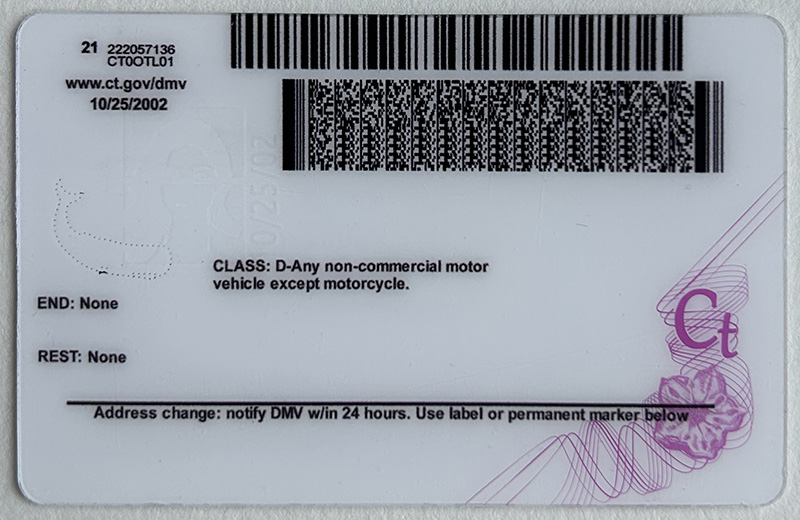
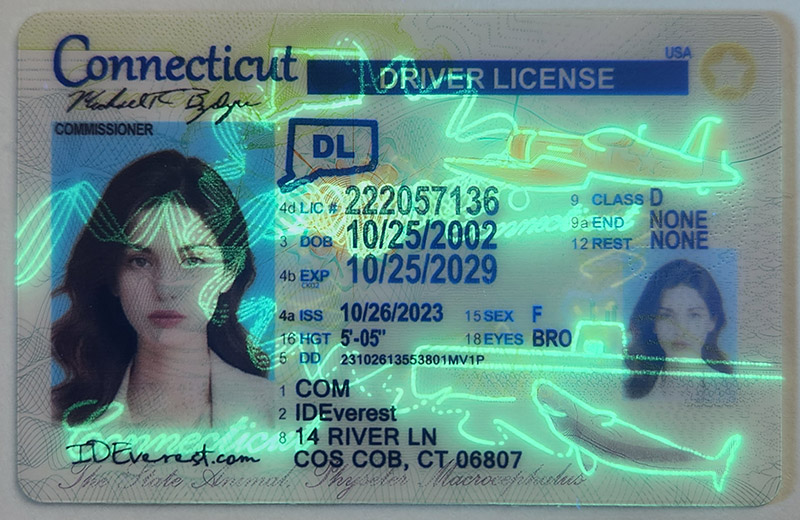
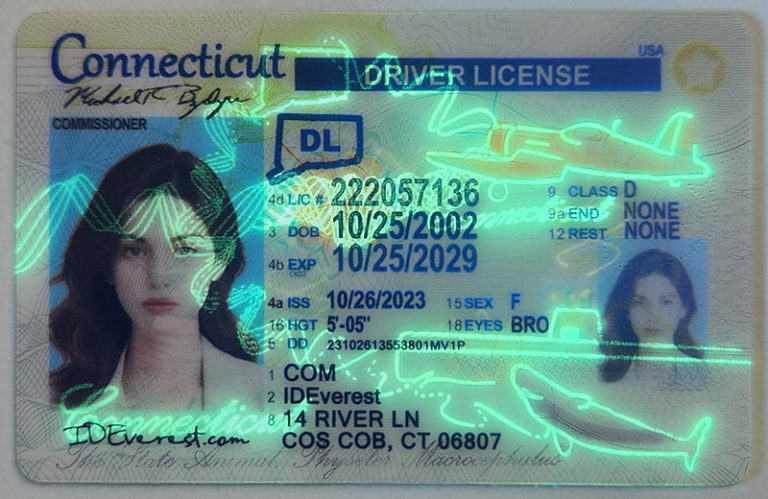
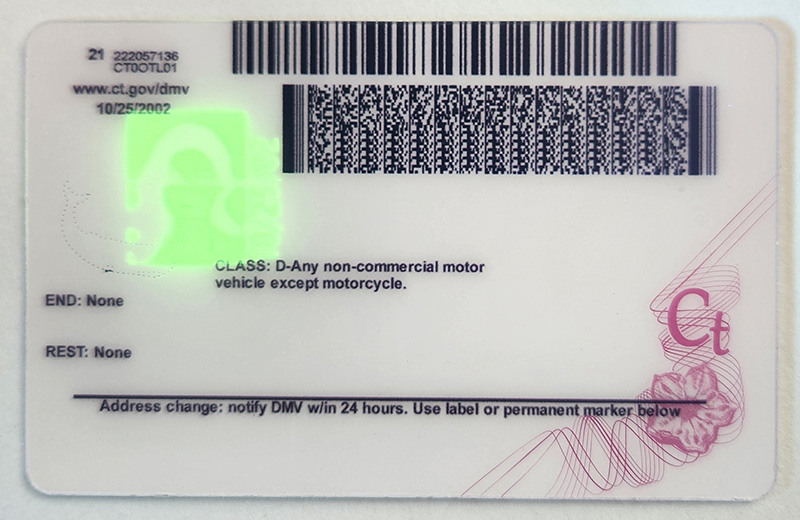

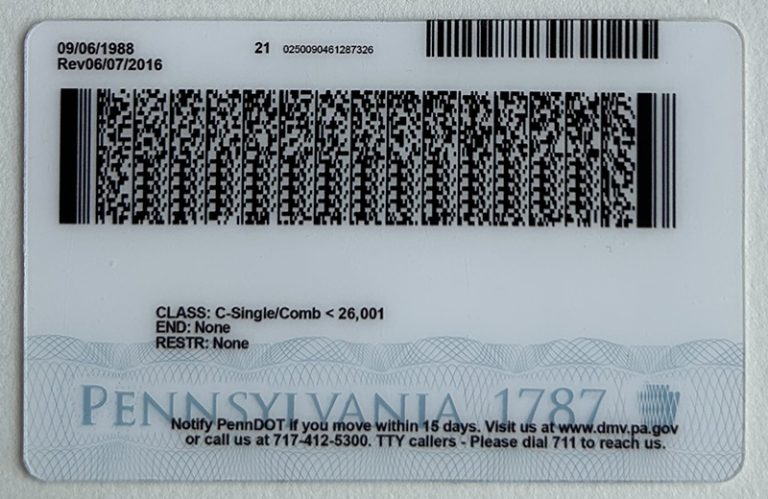
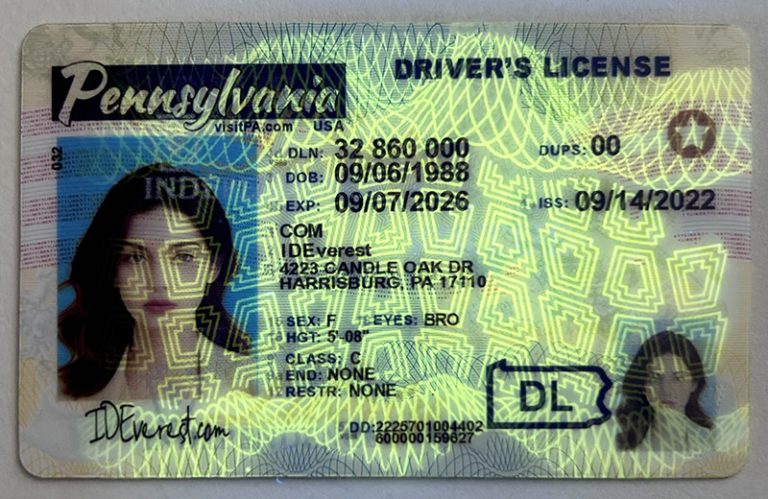
1. Understanding Disabilities and Driving
Disabilities can vary widely and include physical, sensory, intellectual, and mental health conditions. Each disability can affect an individual's ability to drive in different ways. For example:
Physical disabilities: Conditions that affect mobility or coordination, such as spinal cord injuries or amputations, may require vehicle modifications.
Visual impairments: People with limited vision may face challenges obtaining a driver's license, but some states allow for special provisions.
Cognitive impairments: Conditions such as autism or traumatic brain injury may affect decision-making and reaction time, requiring additional evaluation.
Mental health conditions: Conditions such as anxiety disorders or bipolar disorder may require medical documentation and evaluation to ensure safe driving.
2. Eligibility Criteria
In general, people with disabilities are eligible to apply for a driver's license if they can demonstrate their ability to safely operate a vehicle. The qualification process typically includes:
Application process: Individuals must complete a standard driver license application, which may require disclosure of any medical conditions.
Medical evaluation: Some states require a medical evaluation or certification from a medical provider to assess an individual's ability to drive.
Vision test: Vision tests are often mandatory to ensure that applicants meet minimum vision standards.
3. Vehicle Modifications and Adaptive Equipment
For many people with disabilities, driving may require modifications to their vehicle. States recognize this need and often allow a variety of modifications, which may include:
Hand controls: For drivers with limited use of their legs, hand controls can operate the vehicle's throttle and brakes.
Wheelchair lifts and ramps: These modifications can assist people who use a wheelchair or have difficulty getting in and out of a vehicle.
Specialized seats: Customized seats can provide better support and comfort for drivers with special needs.
Adaptive steering devices: These can include knob attachments for easier steering.
Individuals must work with a certified professional to ensure that the modifications meet safety standards and comply with state regulations.
4. Testing Process
People with disabilities may face additional steps during the testing process. This may include:
Professional Driving Test: Some states offer adaptive driving assessments to evaluate an individual's ability to drive a modified vehicle.
Road Test: In many cases, a practical road test is required to demonstrate driving skills, especially if any modifications are made.
Written Test: Applicants must still complete any required written tests, covering traffic laws and safe driving practices.
It is recommended that individuals practice with a qualified instructor who has experience working with drivers with disabilities.
5. Types of Licenses
Depending on the results of the assessment and any modifications made, individuals with disabilities may be issued different types of licenses:
Full License: If an individual passes all required tests and assessments, they may be issued a full, unrestricted driver's license.
Restricted License: In some cases, individuals may be issued a restricted license that limits their driving to specific times or conditions, such as only during daylight hours or within a specific geographic area.
6. State Differences and Resources
Each state in the U.S. has its own regulations and resources for drivers with disabilities. This may affect the application process, the types of testing required, and the accommodations available. Some key resources include:
Department of Motor Vehicles (DMV): State DMVs are the primary source for information on obtaining driver licenses, including forms and requirements for drivers with disabilities.
State rehabilitation services: Many states have vocational rehabilitation programs that can help people with disabilities obtain driver licenses, often providing vehicle modification training and resources.
Advocacy organizations: Organizations such as the National Federation of the Blind or the American Association of People with Disabilities can provide guidance and support.
7. Challenges for drivers with disabilities
While many people with disabilities have successfully obtained driver licenses, challenges remain:
Accessibility issues: Not all states offer the same level of resources or programs for people with disabilities, leading to disparities in access.
Modification costs: Vehicle modifications can be expensive, and not everyone has the financial resources to make these modifications.
Stigma and misconceptions: Society may have stigma against people with disabilities, which can affect people’s perceptions of their ability to drive safely.
8. Future trends and innovations
As technology continues to advance, new innovations may enhance the ability of people with disabilities to drive:
Self-driving cars: Advances in self-driving technology could provide unprecedented mobility options for people who are unable to drive due to disabilities.
Smart car technology: Features like adaptive cruise control and lane keeping assist can help drivers with disabilities navigate the roads more safely.
Improve accessibility: Continued advocacy for improved accessibility in public transportation and vehicle design aims to make driving more inclusive for everyone.
9. Conclusion
The ability to drive is an important aspect of independence for many people with disabilities. By understanding the requirements, resources, and potential challenges of obtaining a driver’s license, individuals can more effectively navigate the process. As society continues to move toward greater inclusion, continued efforts to improve accessibility and support for drivers with disabilities are critical to ensuring everyone has the opportunity to enjoy the freedom of driving.
Tags:
You like
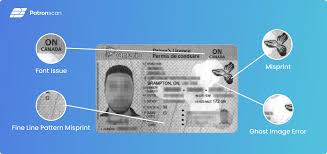
Illinois Fake Driver’s License
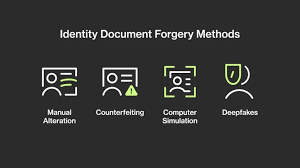
Legal consequences of fake IDs
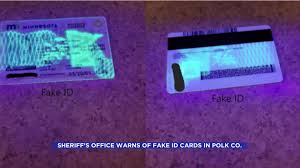
Fake ID laws in Alabama
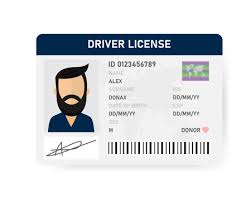
Premium Fake IDs

